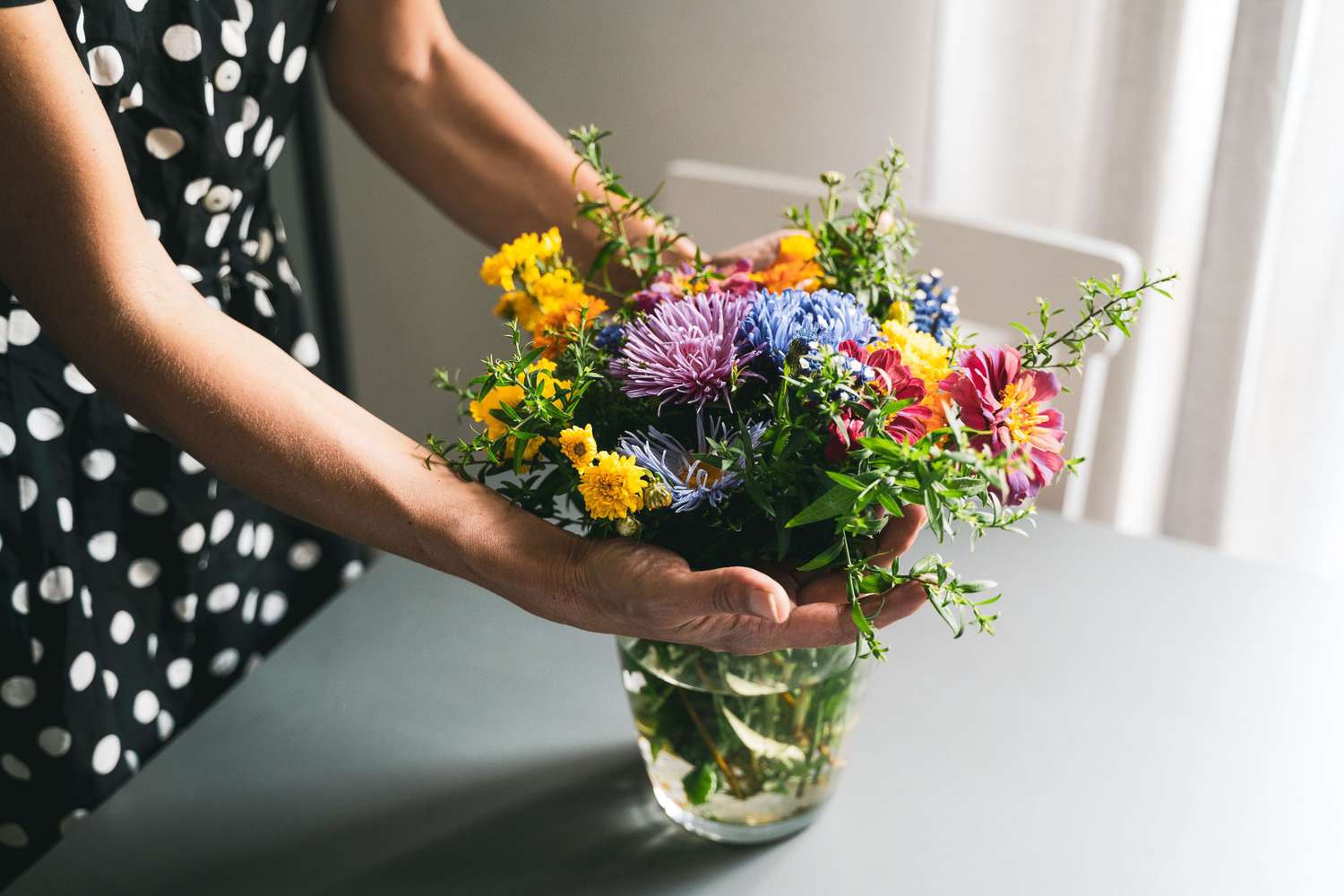

Articles
How To Store A Bouquet Of Flowers
Modified: December 7, 2023
Learn how to properly store a bouquet of flowers with our informative articles. Keep your flowers fresh and vibrant for longer periods.
(Many of the links in this article redirect to a specific reviewed product. Your purchase of these products through affiliate links helps to generate commission for Storables.com, at no extra cost. Learn more)
Introduction
Storing a bouquet of flowers is essential for preserving their freshness and beauty. Whether you received a lovely bouquet as a gift or want to keep the flowers from a special occasion, proper storage is key to prolonging their lifespan. By following a few simple steps, you can ensure that your flowers stay vibrant and blooming for as long as possible.
Choosing the right container is the first step in storing your bouquet. It’s important to select a container that is spacious enough to accommodate the size of the bouquet while still providing enough room for the flowers to breathe. A vase or a tall glass jar with a wide mouth is ideal for this purpose. Make sure the container is clean and free from any dirt or residue before use.
Preparing the container is crucial for maintaining the freshness of the flowers. Start by filling the container with clean, lukewarm water. Add flower food or a homemade preservative solution to the water to help nourish the flowers and prevent bacterial growth. Flower food packets can usually be obtained from florists or garden centers, and they contain a mix of nutrients and biocides that can prolong the life of your bouquet.
Trimming the stems of the flowers is an important step in keeping them fresh. Using a sharp pair of scissors or garden shears, cut approximately an inch off the bottom of each stem at a 45-degree angle. This angled cut allows the stems to absorb water more efficiently, ensuring the flowers stay hydrated. Remove any leaves that will be submerged in the water, as they can decompose and cause bacteria growth.
Key Takeaways:
- Proper storage, preparation, and care are essential for maintaining the vibrancy and longevity of a bouquet of flowers. Choosing the right container, trimming stems, and securing the bouquet are key steps in preserving their beauty.
- Refrigeration can help prolong the freshness of a bouquet, but it’s important to protect the flowers from direct contact with cold air and ethylene-producing fruits. Regular hydration, trimming, and avoiding extreme temperatures are crucial for caring for the bouquet.
Read more: How To Store Flower Bouquets
Choosing the Right Container
When it comes to storing a bouquet of flowers, selecting the right container is crucial for providing the necessary support and space for the blooms to thrive. Here are some key factors to consider when choosing the perfect container:
- Size: Ensure that the container is spacious enough to accommodate the size of your bouquet. The flowers need room to spread out and breathe, so opt for a container with ample width and height.
- Material: Choose a container made of glass or ceramic, as these materials are not porous and will not interact with the flowers, affecting their freshness. Avoid containers made of metal or plastic, as they can potentially contaminate the water and shorten the lifespan of your bouquet.
- Mouth Width: Consider the mouth width of the container. A wider mouth makes it easier to arrange the bouquet and ensures that the flowers have enough space to spread out. It also allows for better air circulation, preventing the buildup of moisture and mold.
- Stability: Look for a container with a stable and sturdy base. This will prevent the bouquet from tipping over and causing damage to the flowers. A weighted base or a container with a wide bottom is ideal for providing stability.
Additionally, it is always a good idea to choose a container that complements the aesthetic of your bouquet. Consider the color and design of the container to enhance the overall appeal of the floral arrangement.
Once you have chosen the right container, ensure that it is thoroughly cleaned before placing the bouquet inside. Any dirt or residue in the container can contaminate the water and lead to bacteria growth, shortening the lifespan of the flowers. Rinse the container with warm water and a mild detergent, then rinse it again with clean water to remove any lingering soap residue. Allow the container to air dry completely before adding water and the bouquet.
By selecting the appropriate container, you provide the ideal environment for your bouquet to thrive and remain fresh for an extended period of time.
Preparing the Container
Preparing the container is an essential step in storing a bouquet of flowers. Proper preparation ensures that the flowers have the support and nourishment they need to stay fresh and vibrant for as long as possible. Here’s how to prepare the container:
Cleanliness is key: Before using the container, make sure it is clean and free from any dirt or residue. Wash the container with warm water and mild dish soap, rinsing thoroughly to remove any soap residue. This step is crucial to prevent the growth of bacteria, which can shorten the lifespan of your flowers.
Provide water: Fill the container with clean, lukewarm water. The water should be at room temperature, as extreme temperatures can shock and damage the flower stems. Avoid using cold water straight from the tap, as it may contain chlorine or other chemicals that can harm the flowers.
Add flower food: Flower food packets contain a mixture of nutrients and biocides that help nourish the flowers and prevent the growth of bacteria. These packets usually come with bouquets from florists or can be purchased separately. Follow the instructions on the packet to mix the flower food with the water in the container. If you don’t have flower food, you can make a homemade preservative solution using a mixture of 2 tablespoons of lemon juice or vinegar, 1 tablespoon of sugar, and 1/4 teaspoon of bleach. Stir the solution well until the sugar is dissolved.
Stir and dissolve: Once you’ve added the flower food or homemade preservative solution to the water, gently stir the mixture to ensure it is well dissolved. This will evenly distribute the nutrients and biocides throughout the water, providing optimal nourishment for the flowers.
Change the water regularly: It is important to change the water in the container every two to three days. This prevents the accumulation of bacteria and helps keep the flowers fresh. When changing the water, repeat the process of adding flower food or the homemade preservative solution to ensure the flowers continue to receive the necessary nutrients.
By properly preparing the container, you create a conducive environment for the bouquet of flowers to thrive, ensuring their longevity and beauty.
Trimming the Stems
Trimming the stems of your flowers is a crucial step in maintaining their vitality and prolonging their lifespan. The process involves cutting the stems at an angle to promote better water absorption, preventing rot and maintaining hydration. Here’s how to properly trim the stems of your bouquet:
Select the right tools: To ensure clean and precise cuts, use a pair of sharp scissors or garden shears. Dull blades can crush the stems, hindering proper water uptake and potentially damaging the flowers.
Choose the appropriate length: Start by assessing the length of the stems. Ideally, you want them to be long enough to fit comfortably in the vase or container you have chosen. However, if the stems are too lengthy, they can become crowded and hinder the arrangement’s stability. Trim the stems to a length that allows the flowers to stand upright while still leaving a bit of room for arranging.
Cut at a slanted angle: Hold the stem at a 45-degree angle and make a clean, swift cut. A slanted cut increases the surface area of the stem, allowing for better water absorption. This angled cut creates a larger exposed area, allowing the flowers to absorb more water and nutrients.
Remove excess foliage: As you trim the stems, remove any excess leaves or foliage that will be underwater. Leaves submerged in the water can decompose and promote bacterial growth. By stripping the lower portion of the stems of any foliage, you prevent the buildup of bacteria and maximize water uptake.
Place the trimmed stems directly into water: After trimming the stems, immediately place them in the prepared container filled with water and flower food or a homemade preservative solution. Keeping the stems immersed in water prevents air bubbles from forming and impeding water uptake.
It’s important to note that different types of flowers may require varied stem lengths and care. Some flowers may have delicate stems that need to be handled with extra care, while others may benefit from more drastic trimming to promote water absorption. Be sure to research the specific care instructions for the flowers in your bouquet to ensure optimal trimming and care practices.
By trimming the stems of your bouquet, you allow the flowers to absorb water efficiently, maintaining their freshness and extending their lifespan.
Watering the Flowers
Proper watering is essential for keeping your bouquet of flowers fresh and vibrant. Water provides the necessary hydration for the flowers to thrive and helps to maintain their longevity. Here are some important tips for watering your flowers:
Check the water level: Regularly monitor the water level in your container to ensure that it is adequate for your bouquet. Flowers need enough water to stay hydrated, but excessive water can lead to mold and bacterial growth. Maintain the water level to keep it just below the cut ends of the stems.
Refill with fresh water: As the water in the container starts to appear cloudy or develop a slimy texture, it’s time to replace it with fresh water. Using fresh water helps to prevent the growth of bacteria and keeps your flowers healthier for a longer period of time.
Be mindful of temperature: Water that is too cold or too hot can be detrimental to your flowers. Ideally, the water should be at room temperature. If the water is too cold, it can shock the flowers and cause them to wilt. Similarly, hot water can affect their hydration and shorten their lifespan. Allow cold tap water to sit for a while to reach room temperature before using it to water your flowers.
Use filtered water: If your tap water contains chemicals or minerals that could potentially harm the flowers, consider using filtered water instead. This helps to provide cleaner and purer water, which can benefit the longevity of your bouquet.
Mist the flowers: In addition to watering the stems, consider misting the flowers with a spray bottle. This helps to increase the humidity around the blooms, preventing them from drying out and wilting prematurely. Misting is especially beneficial for delicate flowers that are prone to drying out.
Remove wilted flowers: As the bouquet ages, some flowers may start to wilt or fade. Promptly remove these wilted flowers from the arrangement, as they can produce ethylene gas, which can cause nearby blooms to deteriorate more quickly. Regularly removing wilted flowers helps to keep the bouquet looking fresh and extends the life of the remaining blooms.
By following these watering tips, you can ensure that your flowers receive the hydration they need to stay vibrant and fresh, extending the enjoyment of your beautiful bouquet.
After receiving a bouquet of flowers, trim the stems at an angle and change the water every 2-3 days to keep them fresh for longer.
Read more: How To Store Bouquet Of Flowers Overnight
Arranging the Bouquet
Arranging the bouquet of flowers is an exciting and creative process that allows you to showcase their beauty. A well-arranged bouquet not only enhances the visual appeal but also ensures that each flower receives adequate space and support. Here are some tips to help you arrange your bouquet:
Choose a focal point: Select one or a few standout flowers to serve as the focal point of your arrangement. These flowers should have distinct colors, shapes, or sizes that catch the eye and draw attention to the bouquet.
Vary the heights: To create visual interest, arrange the flowers at different heights. Some blooms can be taller and positioned towards the back of the bouquet, while others can be shorter and placed towards the front. Varying the heights adds depth and dimension to the arrangement.
Create a balanced composition: Distribute the flowers evenly throughout the bouquet to achieve balance. Avoid clustering all the blooms in one area. Instead, spread them out to create a harmonious and visually pleasing arrangement.
Consider color and texture: Explore different color combinations and textures to add depth and visual appeal to your bouquet. Mix vibrant and contrasting colors for a bold and eye-catching arrangement, or opt for a monochromatic scheme for a more elegant and cohesive look. Incorporating flowers with varied textures, such as soft petals and spiky foliage, adds interest and dimension.
Include foliage: Don’t forget to incorporate foliage or greenery into your bouquet. This helps to fill in any gaps and add a touch of freshness. Use foliage with different shapes and textures to complement the flowers and create a well-rounded arrangement.
Regularly step back and assess: As you arrange the bouquet, take a step back from time to time to assess the overall composition. Look for any areas that may need adjustment or balancing. Making these adjustments as you go will result in a more visually pleasing final arrangement.
Trim excess foliage: As you arrange the flowers, trim any excess foliage that would be submerged in the water. This helps to prevent the buildup of bacteria and maintains the cleanliness of the water.
Remember, arranging a bouquet is a highly customizable process, and there are no strict rules to follow. Get creative and trust your instincts. Allow the flowers to guide you as you arrange them into a beautiful and unique composition.
Once you have achieved a satisfying arrangement, move on to the next step of securing the bouquet to ensure its longevity and stability.
Securing the Bouquet
Securing the bouquet is an important step to ensure that your floral arrangement remains stable and intact. By properly securing the stems, you can prevent the flowers from shifting or falling out of place. Follow these steps to securely hold your bouquet together:
Use floral tape or rubber bands: Start by gathering the stems of the flowers in your hand, making sure they are aligned and evenly distributed. Use floral tape or rubber bands to gently bind the stems together just below the flower heads. Floral tape provides a secure hold while remaining flexible and discreet. Rubber bands can be used as an alternative, but be careful not to apply excessive pressure that may damage the stems.
Wrap the stems with ribbon: After securing the stems with floral tape or rubber bands, you can further enhance the appearance of your bouquet by wrapping the stems with a decorative ribbon. Start at the top of the stems, near the flower heads, and wrap the ribbon tightly around the stems, spiraling downwards. Secure the ribbon in place with a pin or a small dab of glue. The ribbon not only adds visual appeal but also provides an extra layer of support to keep the bouquet intact.
Consider using floral wire: For larger or more elaborate bouquets, you may want to use floral wire to provide additional support. Insert floral wire through the stems, starting from the bottom and working your way up. Twist the wire gently around the stems to create a secure base. The floral wire helps to reinforce the structure of the bouquet and prevent any drooping or shifting of the flowers.
Wrap the bottom of the stems: To cover the exposed ends of the stems and give your bouquet a polished look, consider wrapping the bottom with floral tape or placing a decorative stem wrap around it. This finishing touch adds a professional appearance and ensures that the stems are secure and protected.
It’s important to note that while securing the bouquet is necessary, you should avoid applying excessive pressure to the stems, as this can impede water absorption. Also, be mindful not to crush or damage the delicate petals or foliage in the process.
By properly securing your bouquet, you can confidently display and transport it without worrying about any loose flowers or shifting arrangements. This step adds the final touch to your beautiful bouquet and ensures its longevity and stability.
Storing in a Refrigerator
When it comes to storing a bouquet of flowers, refrigeration is a popular method to help maintain their freshness and prolong their lifespan. The cool temperature inside a refrigerator slows down the aging process of the flowers and can help preserve their beauty for longer. Here are some important points to consider when storing your bouquet in a refrigerator:
Choose the right location: Select a dedicated space in your refrigerator to store the bouquet. Ideally, this should be an area that is not too crowded and where the flowers won’t be accidentally bumped or crushed. Clear out any items that may release ethylene gas, such as fruits or vegetables, as this can cause the flowers to deteriorate more quickly.
Protect the flowers: Before placing the bouquet in the refrigerator, ensure that it is properly wrapped or covered. Use a clear plastic bag or a floral sleeve to enclose the bouquet loosely. This helps to prevent the flowers from coming into direct contact with the cold air, which can cause damage or wilting.
Keep away from food and liquids: Be mindful of keeping the bouquet away from any food or liquid items stored in the refrigerator. Liquids or food spills can potentially damage the flowers or introduce contaminants that can shorten their lifespan. Ensure that the bouquet is safely placed in an area where it won’t come into contact with any other items.
Check the humidity: Excessive humidity can lead to mold or rotting of the flowers, so it’s important to monitor the humidity levels within the refrigerator. If your refrigerator has a humidity control feature, adjust it to a medium setting to maintain the ideal humidity for the flowers. If not, consider adding a small bowl of water to help maintain a slightly humid environment.
Set the right temperature: The optimal temperature range for storing flowers in a refrigerator is around 34-36 degrees Fahrenheit (1-2 degrees Celsius). This cool temperature helps to slow down the aging process and prolong the freshness of the flowers. Use a thermometer to ensure that the refrigerator is set to the right temperature before storing the bouquet.
Check for ethylene gas: Ethylene gas is naturally produced by certain fruits and vegetables and can speed up the aging process of flowers. Check for any ethylene-producing items in your refrigerator and relocate them or remove them altogether to protect your bouquet. Common culprits include apples, bananas, tomatoes, and avocados.
It’s important to note that not all flowers are suitable for refrigerator storage. Some delicate or tropical flowers may not tolerate the cold temperature and can suffer damage. Before refrigerating your bouquet, research the specific care needs of the flowers to ensure they can withstand the cool environment.
By following these guidelines, you can successfully store your bouquet in the refrigerator, prolonging its freshness and allowing you to enjoy the beauty of the flowers for an extended period of time.
Caring for the Bouquet
Caring for your bouquet of flowers is crucial to maintaining their freshness and ensuring their longevity. With proper care, you can extend the life of the flowers and continue to enjoy their beauty for as long as possible. Here are some essential tips for caring for your bouquet:
Keep the bouquet hydrated: Proper hydration is key to keeping the flowers fresh. Check the water level in the container regularly and ensure that it is topped up. Add fresh water as needed, making sure to follow the instructions for any flower food or preservatives that were included or created for the bouquet. Proper hydration helps to prevent wilting and ensures that the flowers remain vibrant.
Change the water regularly: Over time, the water in the container can become cloudy and develop bacteria, which can shorten the lifespan of the flowers. Change the water every two to three days or as soon as it appears cloudy or develops an unpleasant odor. Before adding fresh water, rinse the container thoroughly to remove any residual bacteria or debris.
Trim the stems regularly: As time passes, the cut ends of the stems can become clogged and hinder water absorption. To enhance water uptake, trim the stems every few days. Use sharp scissors or garden shears to make a clean 45-degree angle cut. Removing a small portion of the stem allows the flowers to take in water more efficiently.
Avoid direct sunlight and heat: Excessive exposure to sunlight and heat can cause the flowers to wilt and fade more quickly. Place the bouquet in a cool area away from direct sunlight, heating vents, or appliances that generate heat. This helps to keep the flowers fresh and prevents them from dehydrating.
Keep away from ripening fruits: Some fruits, such as apples and bananas, release ethylene gas, which can accelerate the aging process of flowers. Keep your bouquet away from ripening fruits to prevent premature wilting or deterioration. If possible, store the bouquet in a separate area to ensure it remains protected from ethylene exposure.
Avoid drafts and extreme temperatures: Drafty areas and extreme temperatures can negatively affect the lifespan of your bouquet. Avoid placing the flowers near open windows, doors, air conditioning vents, or heating sources. Rapid temperature fluctuations can cause the flowers to wilt or become dehydrated. Maintain a consistent room temperature to prolong the freshness of the flowers.
Remove wilted flowers: As flowers naturally age, some may begin to wilt or fade. Promptly remove any wilted flowers from the arrangement to prevent the spread of bacteria and maintain the visual appeal of the bouquet. Removing spent flowers also allows the remaining blossoms to fully blossom and last longer.
Gently handle the flowers: When handling the bouquet, be gentle to avoid damaging the petals or breaking the stems. Rough handling can cause bruising or breakage, which can hasten the flowers’ decay. Support the bouquet from the base when lifting or moving it to ensure that the stems stay intact and undamaged.
Following these care tips will help to ensure that your bouquet of flowers continues to thrive and stay beautiful for as long as possible. By providing proper hydration, protection from sunlight and heat, and regular maintenance, you can enjoy the vibrant colors and delightful fragrances of your bouquet for an extended period of time.
Read more: How To Store Wedding Bouquet
Conclusion
Properly storing and caring for a bouquet of flowers is essential to preserve their beauty and extend their lifespan. By following the steps outlined in this article, you can ensure that your flowers remain vibrant and fresh for as long as possible.
Choosing the right container that provides enough space and support is the first step. Preparing the container with clean water and flower food or a homemade preservative solution nourishes the flowers and prevents bacterial growth. Trimming the stems at a slanted angle helps with water absorption, while removing excess foliage keeps the water clean and prevents bacteria buildup.
When arranging the bouquet, consider the placement, height, and color combinations to create a visually appealing composition. Secure the bouquet with floral tape or rubber bands, and optionally wrap the stems with a decorative ribbon for added support and aesthetic appeal.
If you decide to store the bouquet in the refrigerator, select a dedicated space with the optimal temperature and humidity levels. Protect the flowers from direct contact with cold air, and be mindful of removing any ethylene-producing fruits or vegetables nearby.
Caring for the bouquet involves regular hydration, changing the water, and trimming the stems to promote water absorption. Keeping the flowers away from direct sunlight, extreme temperatures, and drafts helps maintain their freshness. Removing wilted flowers ensures optimal health and appearance for the remaining blossoms.
In conclusion, with proper storage, arrangement, and care, you can enjoy the beauty and fragrance of your bouquet for an extended period. By following these guidelines, you can prolong the lifespan of your flowers and continue to be enchanted by their natural splendor.
Frequently Asked Questions about How To Store A Bouquet Of Flowers
Was this page helpful?
At Storables.com, we guarantee accurate and reliable information. Our content, validated by Expert Board Contributors, is crafted following stringent Editorial Policies. We're committed to providing you with well-researched, expert-backed insights for all your informational needs.
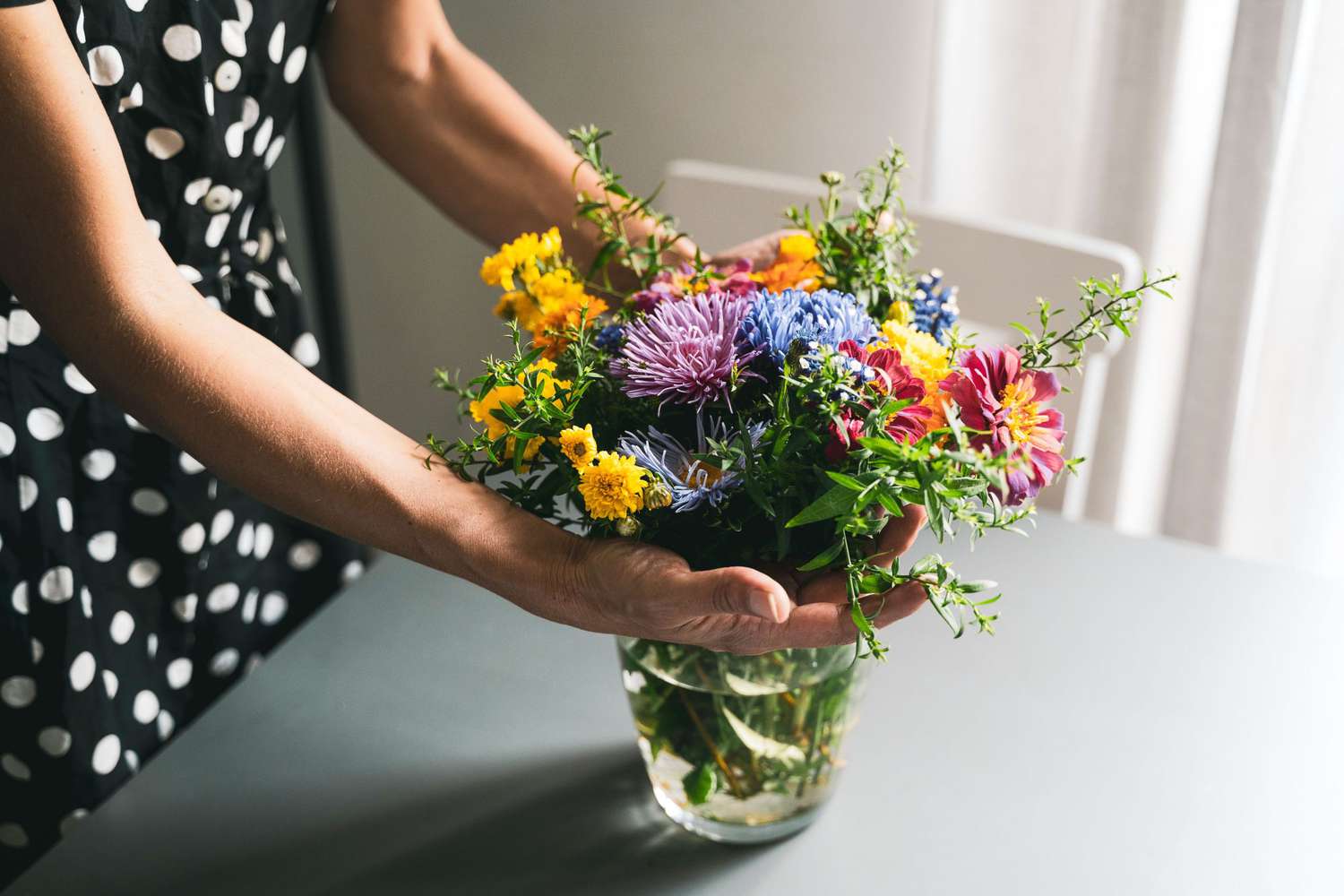
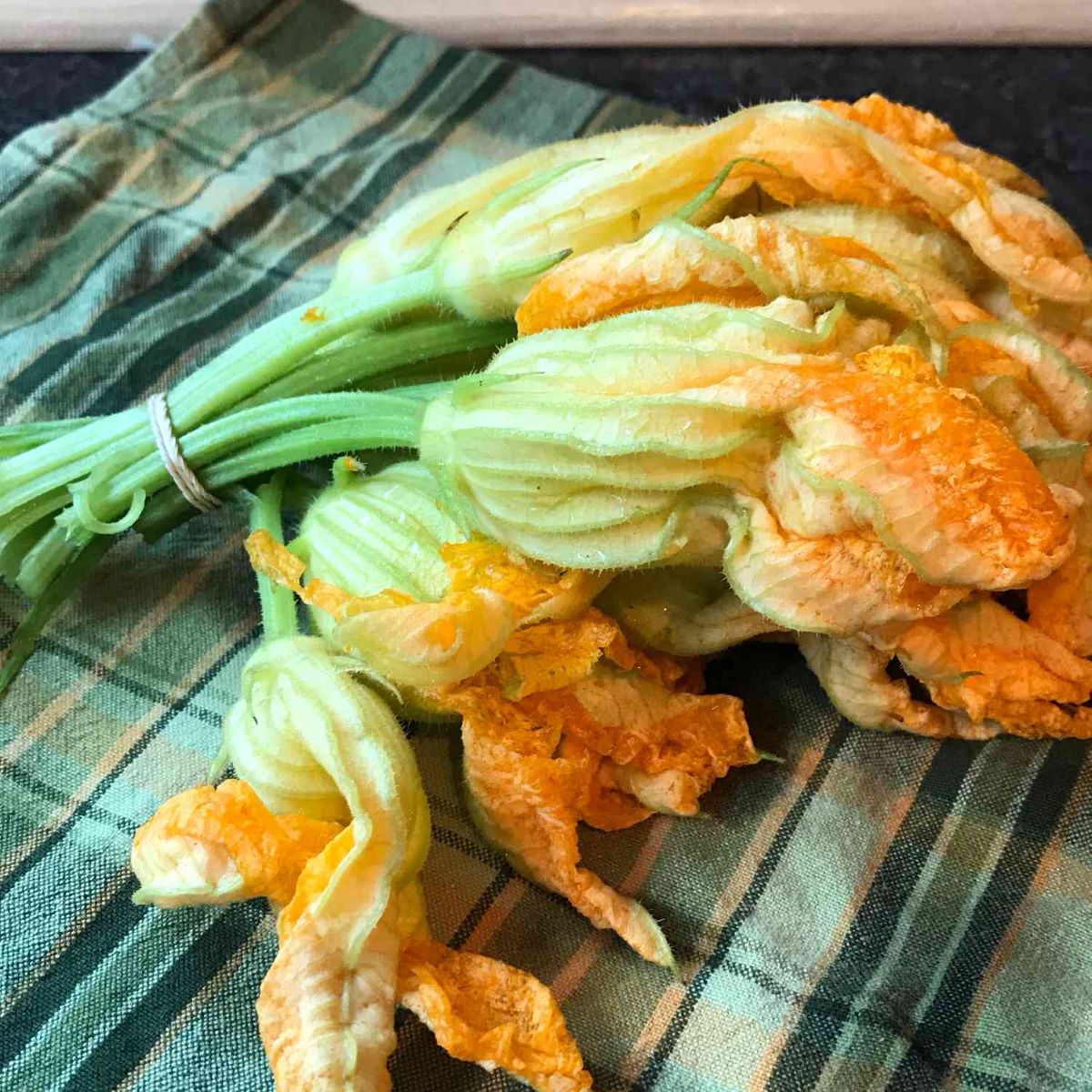
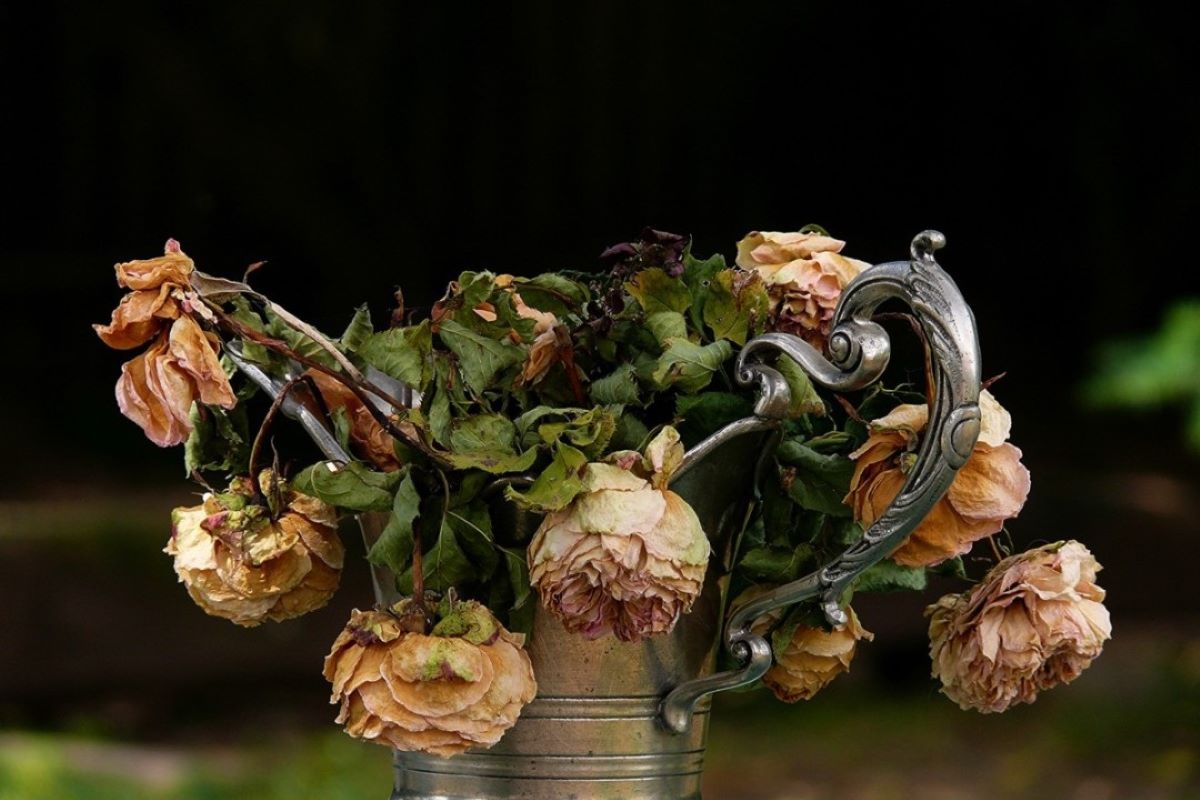
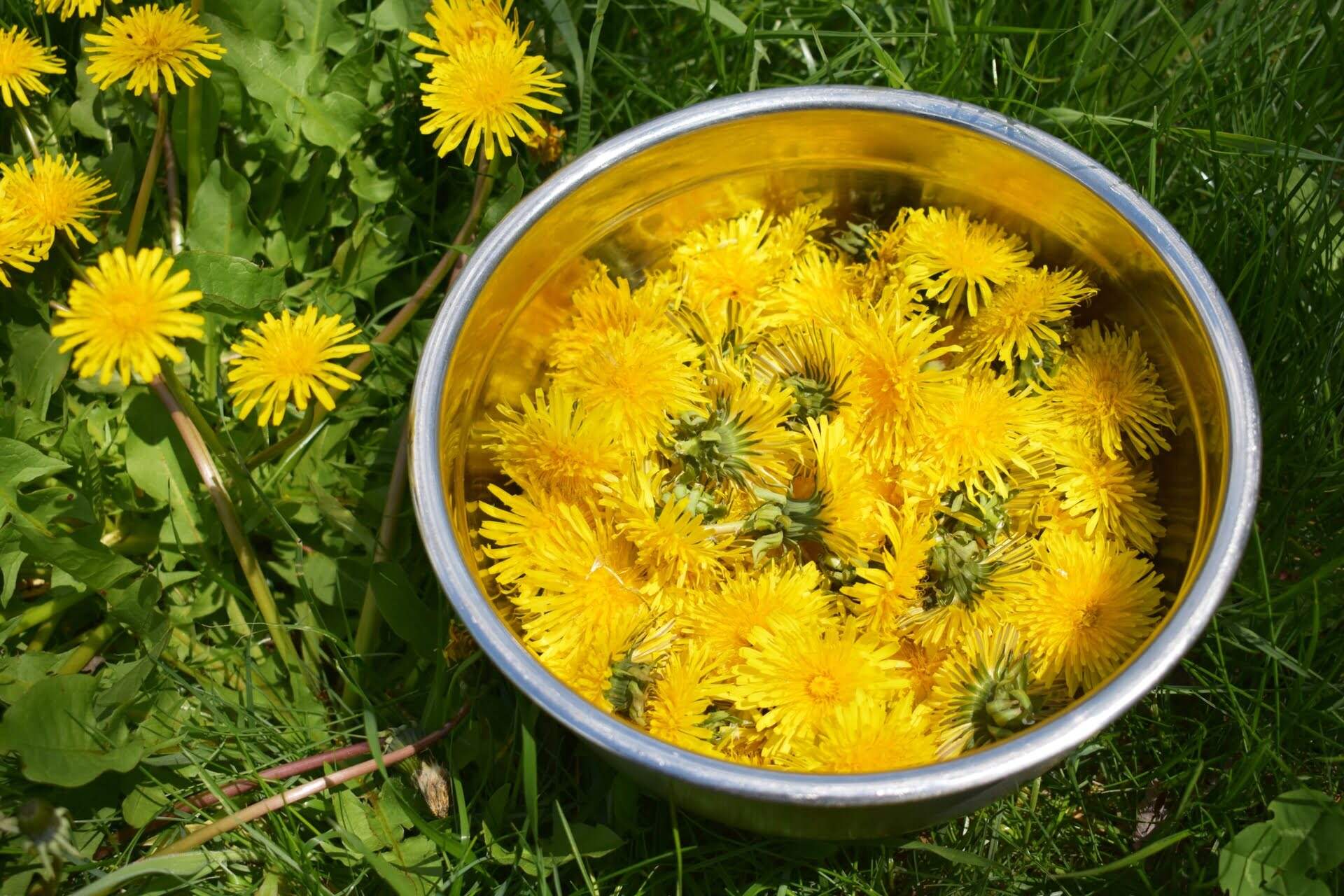
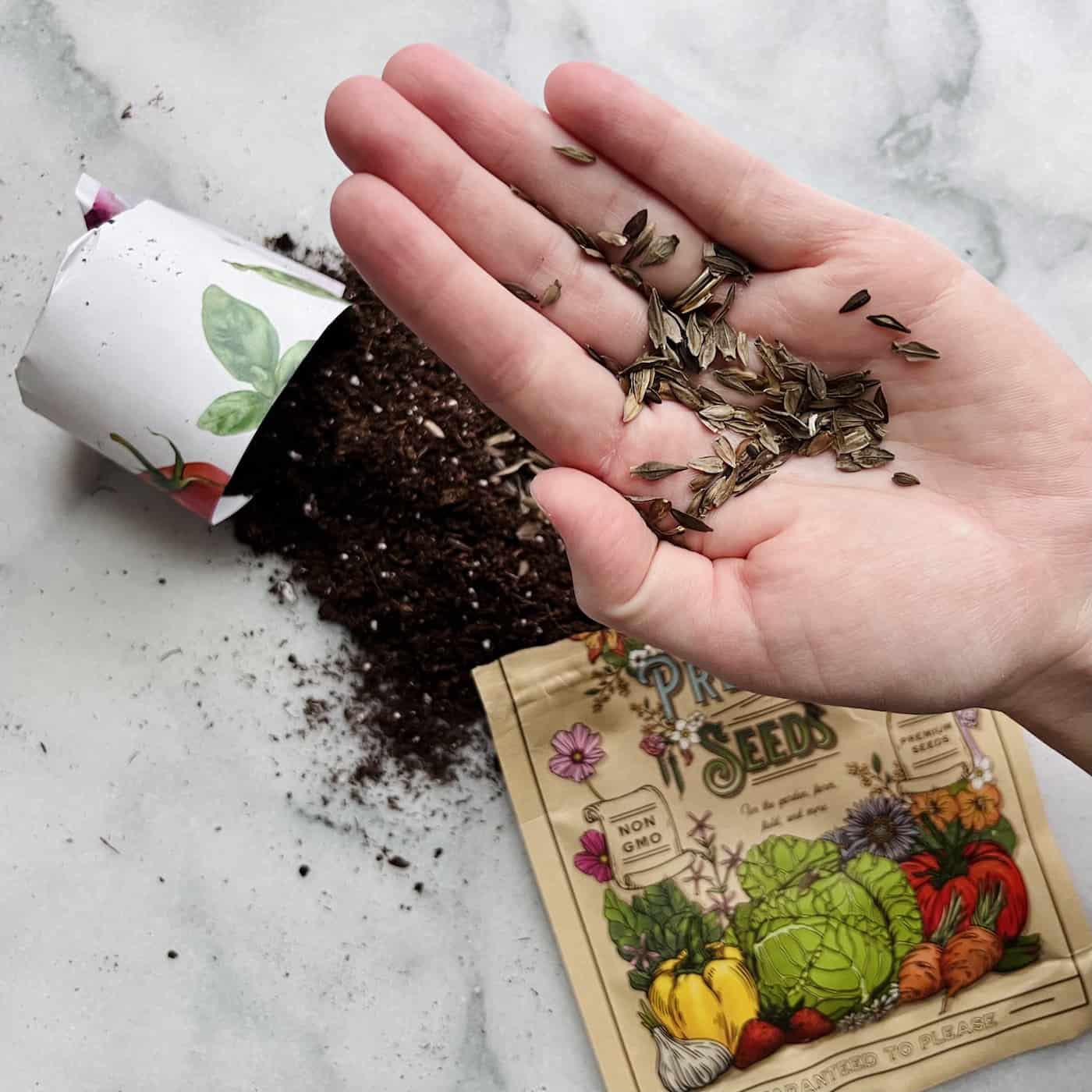
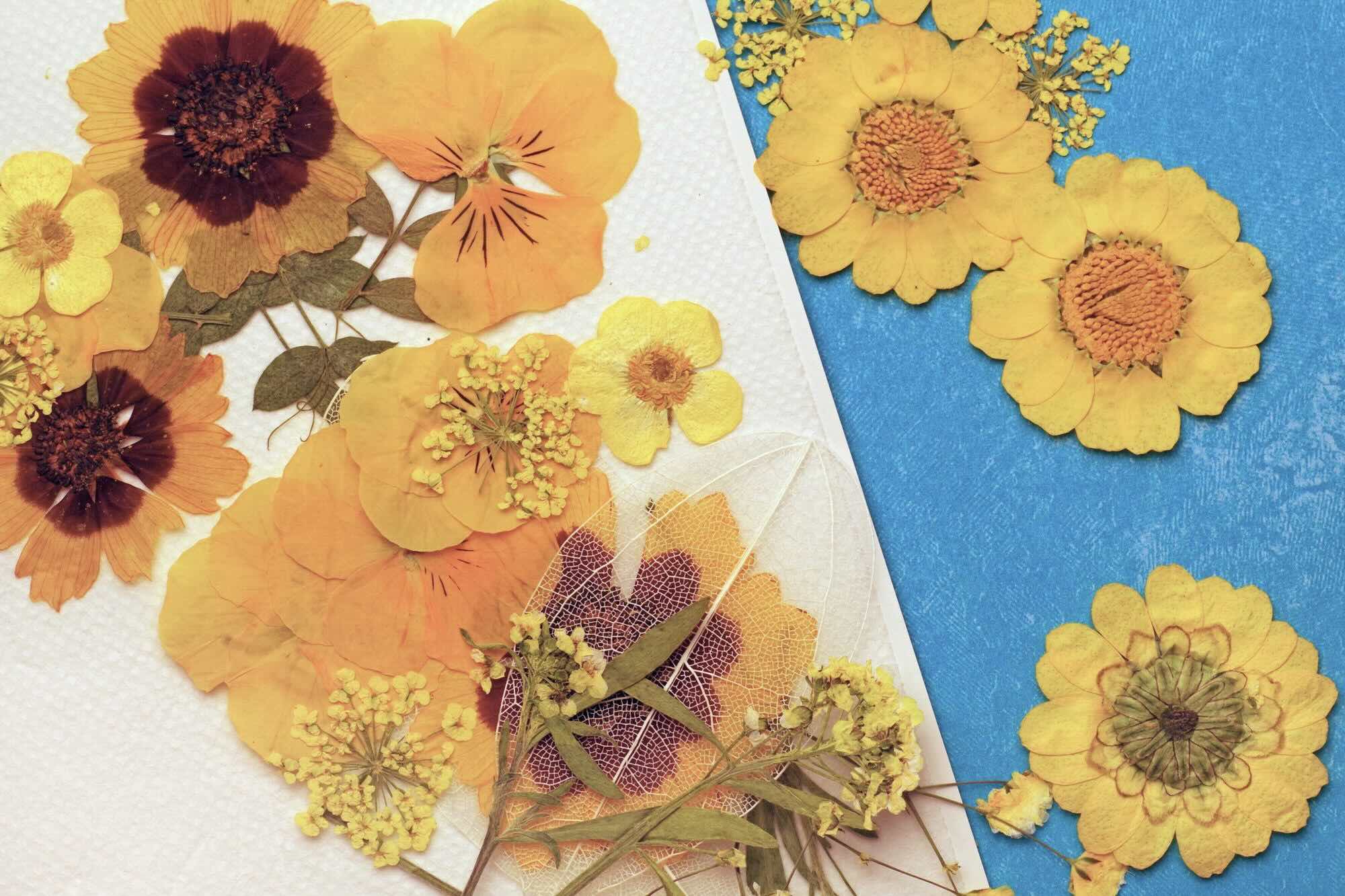

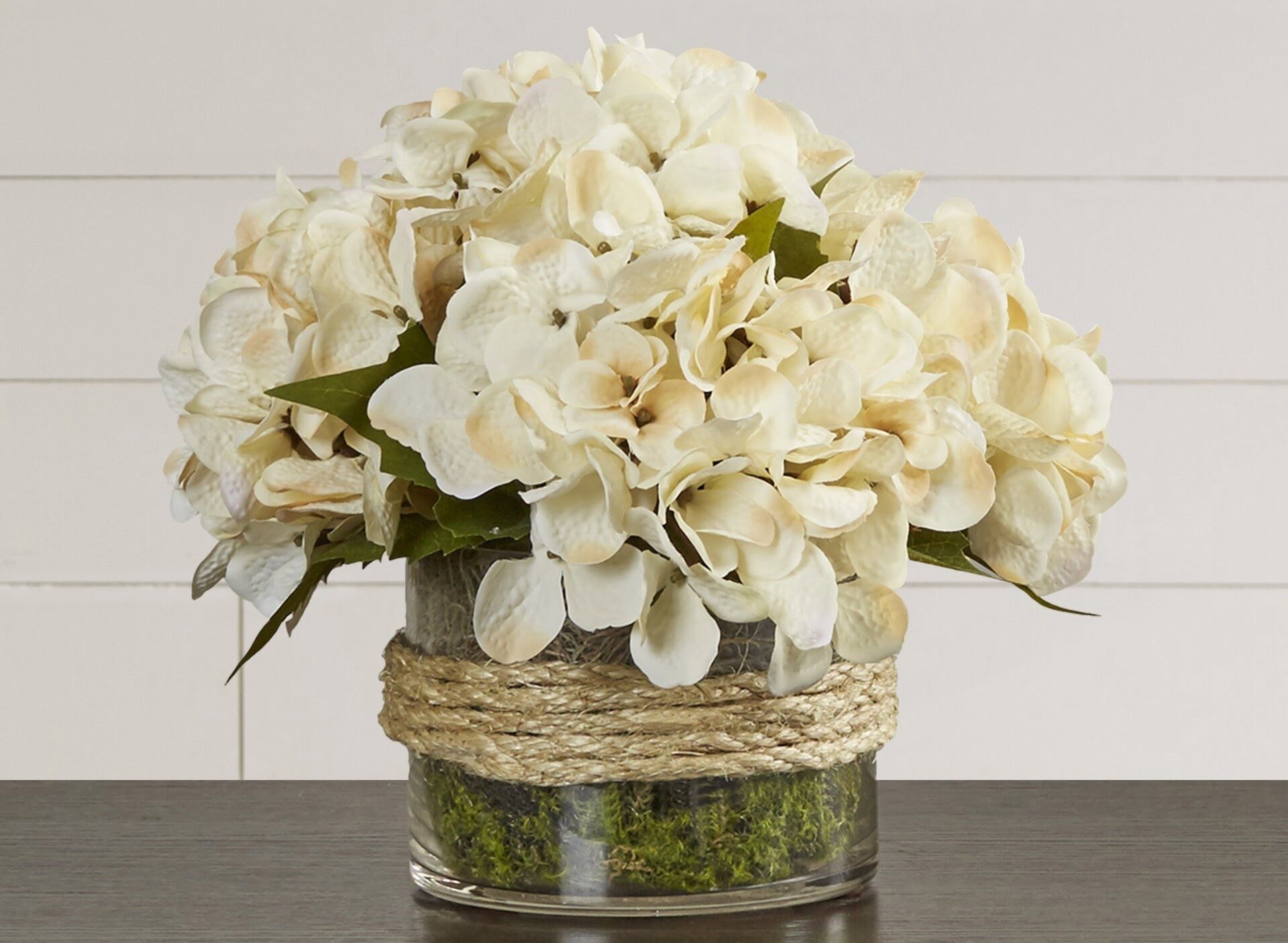
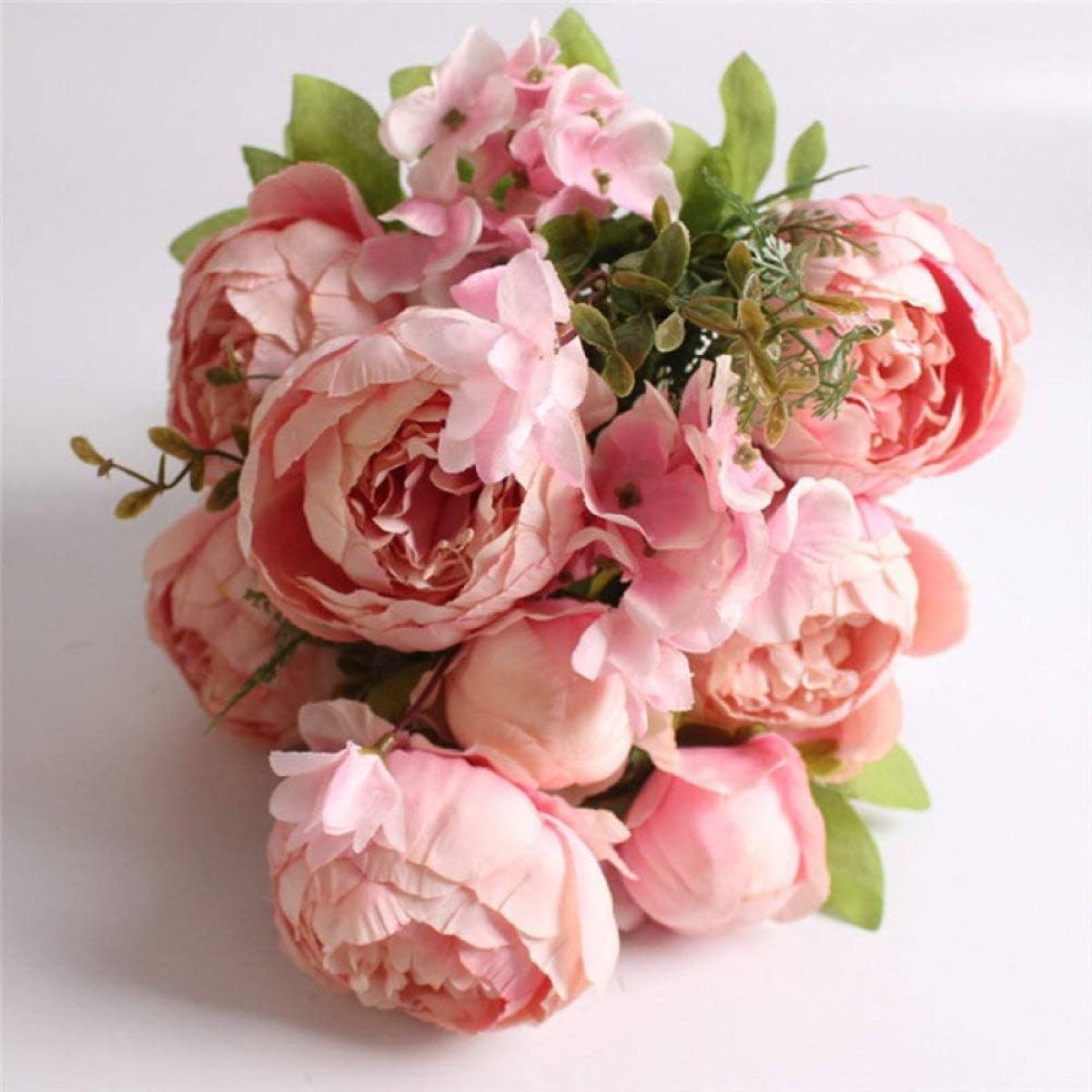
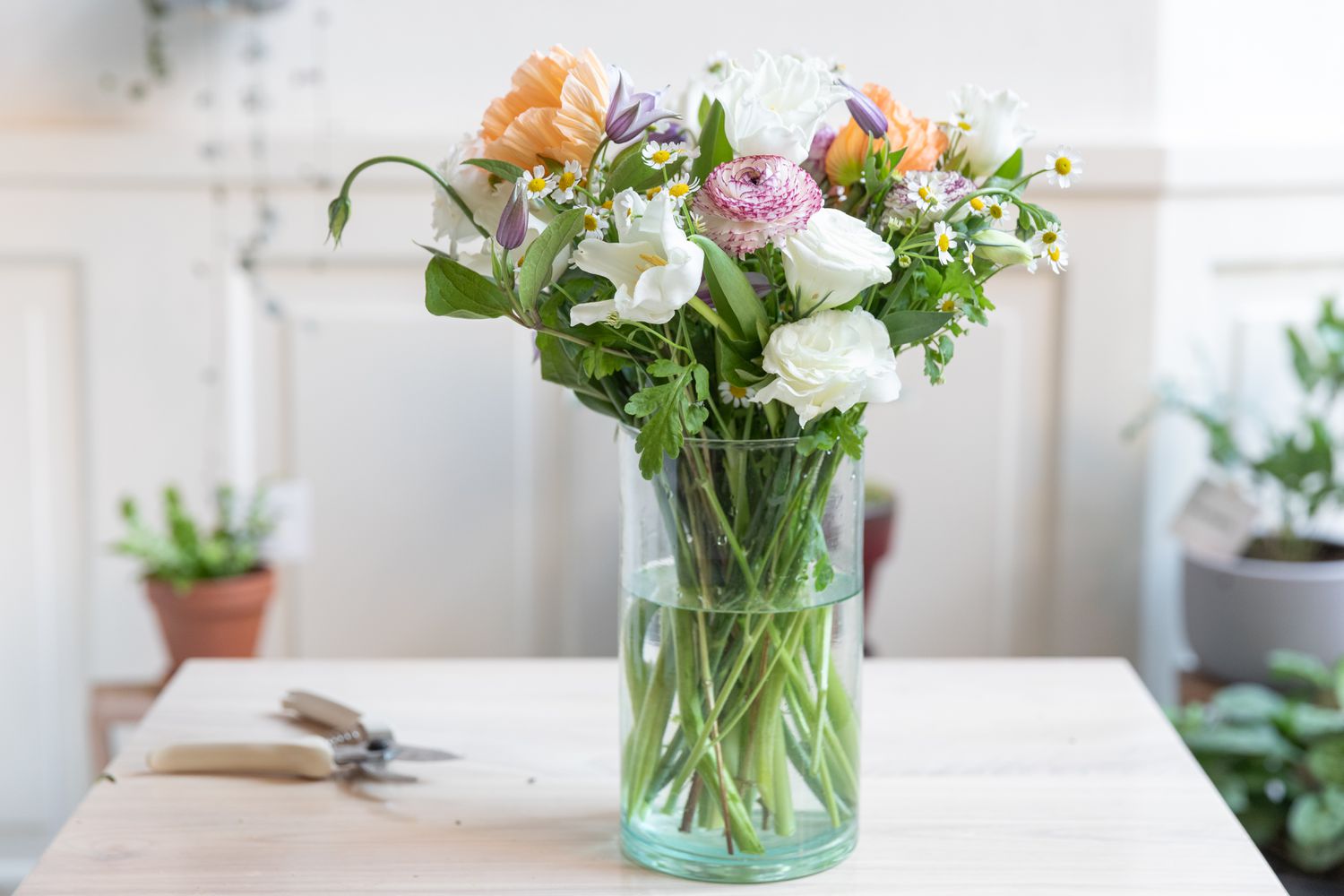
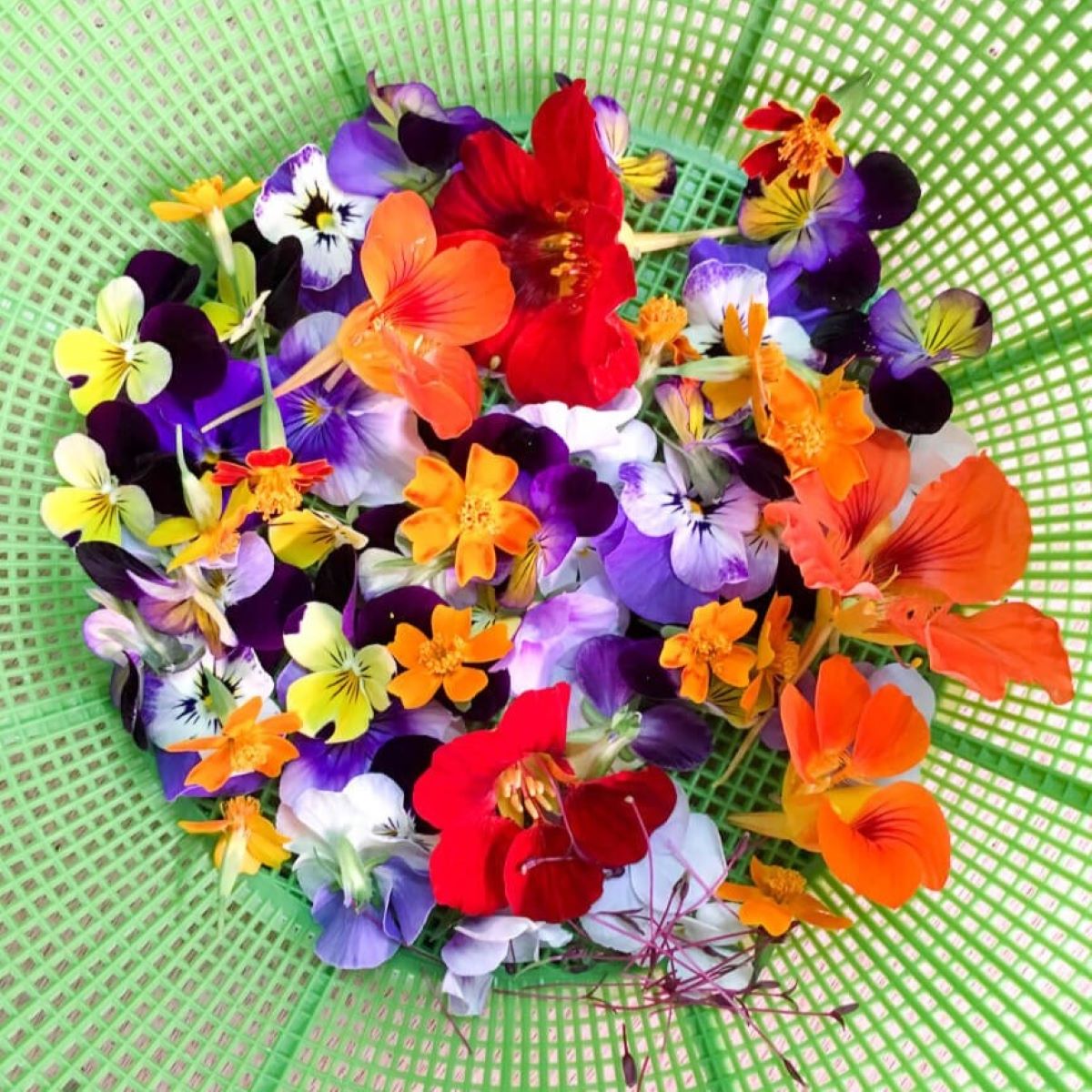

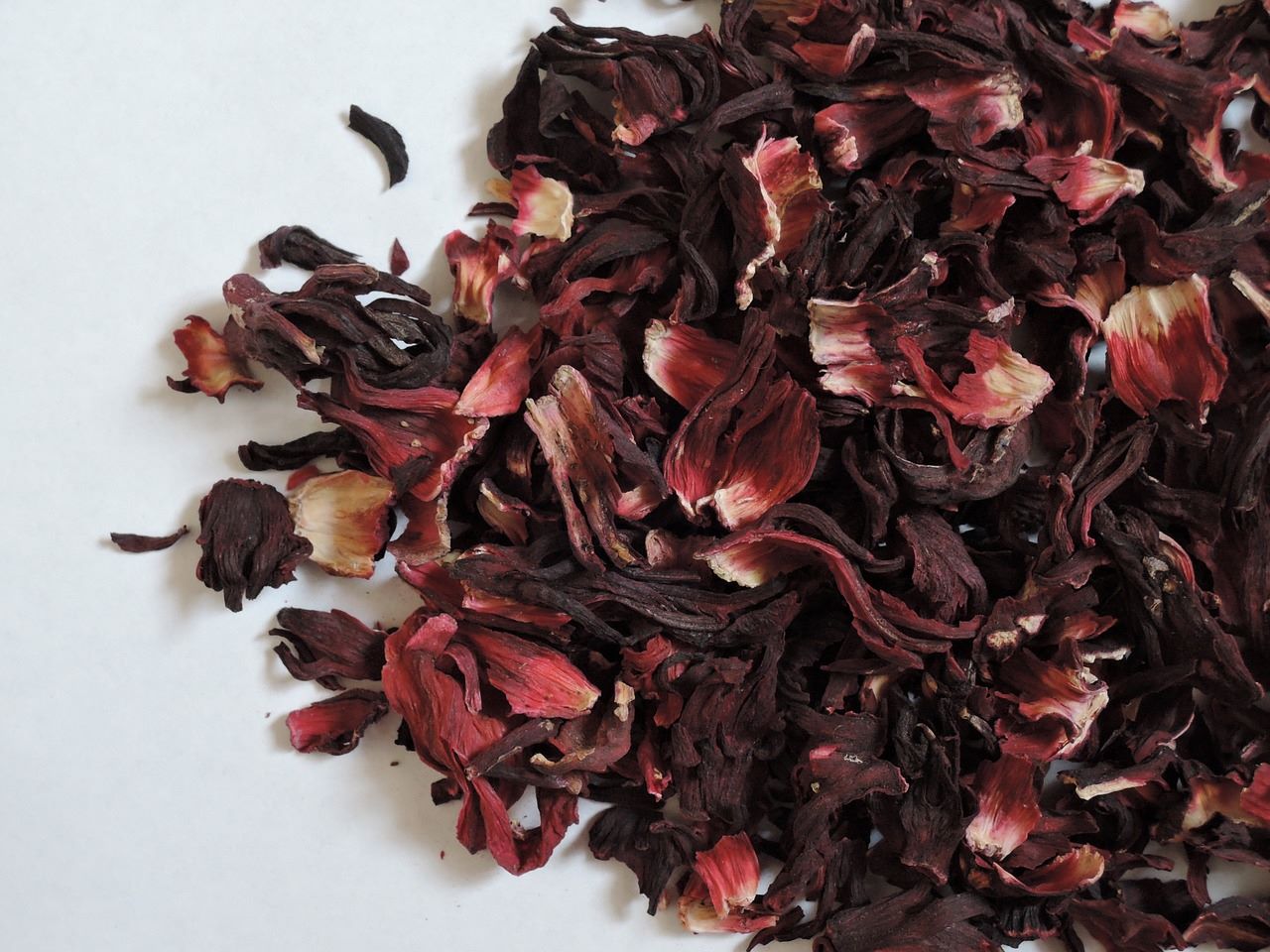

0 thoughts on “How To Store A Bouquet Of Flowers”